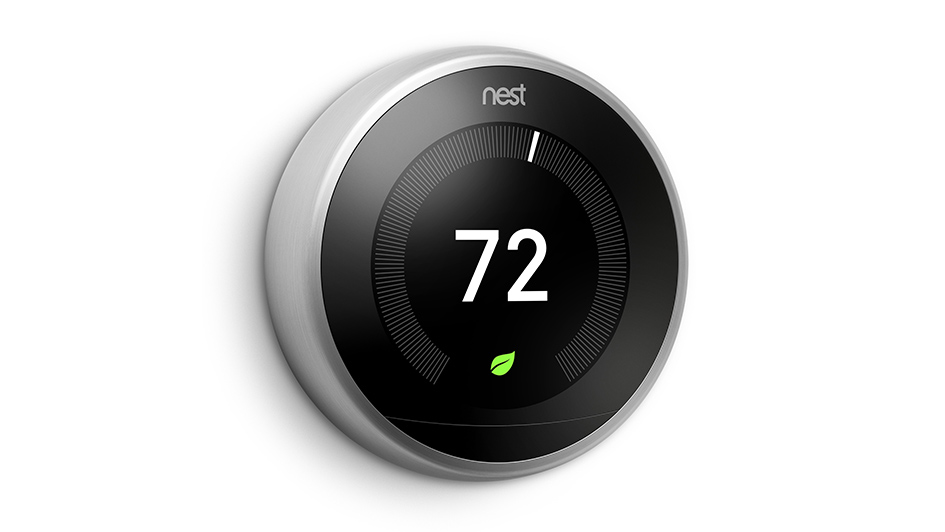
The Nest thermostat is one of the most popular smart thermostats you can buy. And for good reason. It figures out your temperature preferences and develops an energy-efficient schedule to match. And by geofencing with your phone, the Nest Learning Thermostat and Nest E realize when you’re at your house or away and can raise and lower temperatures to help you save even more.
The Nest is compatible with a vast range of 24-volt heating and cooling systems, but it’s always a smart idea to use the Nest thermostat compatibility checker before purchasing one. Don’t forget to talk with your energy company for valuable rebates, because you could be able to get a Nest for free or close to it.
Once you’ve checked it’s compatible, you can either hook it up yourself or call a HVAC pro like Service Max Heating & Air Conditioning. If you’re installing it on your own, you’ll see a terminal for the C-wire, or common wire. This wire is solely used for powering your thermostat. If your home or HVAC system is older, you might not have one of these wires. In the majority of cases, Nest says this isn’t a problem as the thermostat can draw enough power from other heating and cooling wires.
Sometimes, your heating and cooling system might need that C-wire. And here’s why.
Why Your Nest Keeps Losing Power and Other Malfunctions
The Google Nest Thermostat is better than aging programmable thermostats that have a combination of wiring and AA batteries for power. It uses a rechargeable lithium-ion battery and wiring to link to Wi-Fi, power its digital display and run your heating and cooling system.
8 Common Nest Thermostat Problems
If it can’t receive adequate power, Nest says you might encounter some of these troubles:
- Short battery life.
- Thermostat motion sensing is disabled.
- Your thermostat occasionally disconnects from Wi-Fi.
- Your system unexpectedly turns on or off, or won’t turn off.
- Your system is creating weird noises, such as chattering, stuttering, clicking or thumping.
- Heating or cooling is short cycling, or frequently turning on and off in a short period of time.
- There is a delay notification on your Nest thermostat’s screen, like “heating is delayed for 2:30 minutes.”
- The system fan is continuously running, won’t turn on or turns off and on repeatedly in a short period of time.
You may believe something is up with your heating and cooling system, but if you just got the Nest, we advise you begin with your thermostat first. This is especially true if the weather is temperate, and you haven’t been using your heat or air conditioning consistently.
Our Pros Can Solve Nest Thermostat Issues
If you’ve gone through Nest thermostat troubleshooting on your own but can’t repair the issue, a smart thermostat specialist including one from Service Max Heating & Air Conditioning can support you. We can determine the problem and add a C-wire, if necessary.
Smart thermostats like the Nest are designed to make your life easier, with automatic energy-efficient programming and the ability to keep an eye on temperatures while you’re on the go. It’s a frustrating experience when yours won’t run properly, but our heating and cooling experts at Service Max Heating & Air Conditioning can resolve the trouble fast.
If you’re running into odd heating and cooling behavior with your new Nest, reach out to us at 360-255-5857 to schedule your appointment today.
